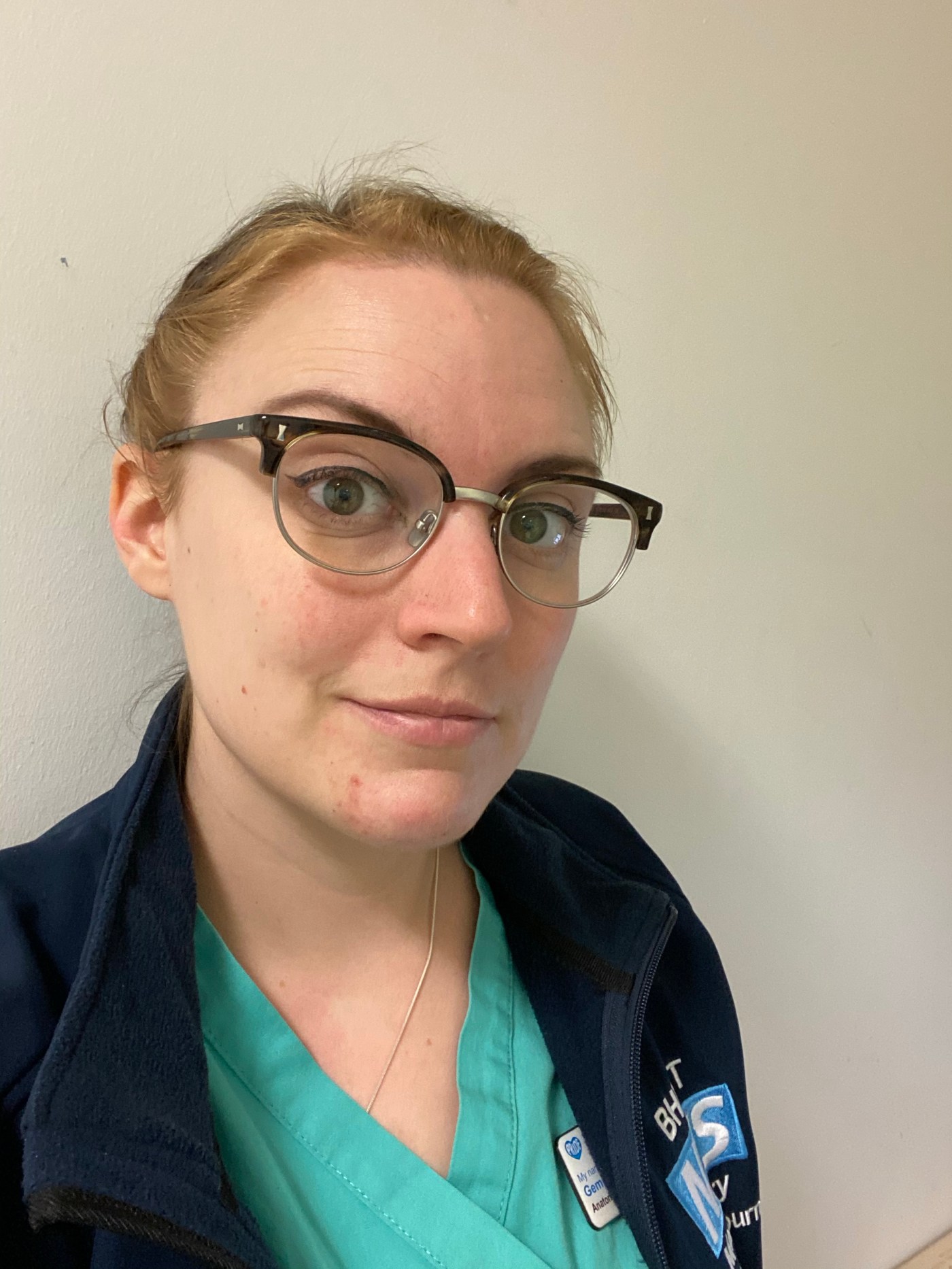You may have noticed that I did not give a weekly update last week, that was because it would have been really quite dull and not much happened because I was on annual leave. I guess I could have written about the many books I managed to read and the lovely naps I had but I’ll save that for another time. For now, please enjoy my third blog post on the supposedly and surprisingly unsettling things that form part of my job.
This post will focus largely on the things that are considered risky, and therefore managed as risks as such. Some might think that a job in the mortuary is dangerous but perhaps not for the right reasons. I would not say that my job is particularly dangerous, certainly not in the top dangerous jobs out there. Is it more dangerous that my office job? Well I have hurt myself in this job (I’ll get round to that later) but in my office job I severely sprained my foot from sitting on my leg for too long and trying to stand up. One day I might tell you all about the several times I consider that I nearly died while being an archaeologist (one involves a cannon ball!) but for now I’ll stop implying that I’m a very clumsy individual and let’s dive into the dangers of mortuary work.
A lot of you might assume that there is a lot of risk of infection, and to some extent you would be right. There are a number of pathogens that can be contracted from the deceased, such as tuberculosis. Largely I do not consider the deceased to be a huge risk, and there is a robust system to inform us of when there may be a risk and protective equipment available to protect us. The pandemic has meant that a lot of people think I have been at risk of contracting the coronavirus from the deceased and this is something that we are aware of and could potentially happen. However, I have at all times in the pandemic thought that I am more at risk from the living, breathing people I interact with than with the deceased. Coming into contact with funeral directors, the bereaved, other hospital workers and even just the other people on the bus each day comes with it’s own risks. I did have COVID-19 at the end of 2020 and I do not know where I contracted the virus but I did always feel safe at work with the protective equipment and social distancing that was enforced.
One of the types of injuries that we can experience can also expose us to infection however. Handling sharp implements can come with it’s own risks and although we have a lot of training and also wear protective equipment we can still injure ourselves. I have cut one of my fingers once early in my training, it quite close to the knuckle and I’m not even sure how I did it but a lapse in concentration is all it takes it would seem. Again, there is a robust procedure that takes place when there is an incident such as this. The Occupational Health team conduct a full assessment and, although in my case I did not need to go to accident and emergency, I did need to have a series of blood tests to ensure I hadn’t become infected with anything. This part of the job can be unsettling, but incidents are few and far between with a lot of infrastructure in place to protect each one of us.
There can be quite a lot of heavy lifting involved in mortuary work, and you do develop muscles over time. We are given manual handling training as well as extensive training on how to use the different hoists and trolleys that we use. People might assume that this is dangerous but in my experience the equipment and the training means that this is all a very safe process. The only thing that I do to myself on a regular basis is walk into the struts in the post mortem room that create the post mortem table with the tray from the fridge. I pretty much always am sporting the same bruise in the same place on my leg from repeatedly walking into it. At this point I think it’s fair to say that I can be fairly clumsy sometimes.
I hope that this has given a little bit of insight into the lack of danger in the mortuary world. As with any workplace, there are a large amount of documents backing up the health and safety processes which keep everyone in the mortuary safe. We have risk assessments, COSHH (Control of Substances Hazardous to Health) assessments, written procedures, competency documents and training manuals among other documents which are regularly updated. There is not much overly unsettling about this side of things!
MG x

Leave a comment